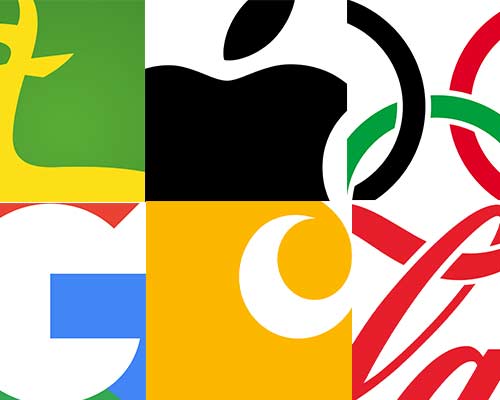Insight
15 tradeshow tips to show off your brand
As we get back into attending in-person events, trade shows can be a great place to showcase your brand or organization. But how can you make your booth stand out amongst the others? If we have learned anything from the pandemic, it is to be resilient. Forget about having a plan B or C, and all the way down to plan Z. There is always something we are going to miss in the planning, but we have compiled together a list of 15 tips to help you with before, during, and after the trade show or event.
Before the trade show
- Research trade shows and events ahead of time. Discover when and where these events will be held. Choose trade shows or events with an audience who will benefit from what your organization offers. You want to attract the most appropriate customers and not the largest volume of customers. It is about quality and not quantity.
- Find what your competitor is doing well and how you can do it better. Research events your competitors attend – and the ones they do not. There is a reason they keep going back, take advantage of that audience if it best aligns with your goals. If they have a cow milking display, then get a real cow for your audience to milk. Okay, maybe not really but you get what I’m saying.
- Obtain all the information that is needed for the event. Who is the contact person for the trade show or event? When is set up and tear down and what materials are needed? Obtain a floor plan of the trade show or event to help you decide the design of your booth and where things will be located. This will also help you navigate your audience to your booth by landmarks such as entrances and exits or specific areas of the building.
- Know your “Why.” Define your goals, obtain your resources, and set your budget for the trade show or event. Get your message and brand right. Keep your “why” in mind.
- Have the right staff. Who will represent your organization? Make this event a fun opportunity for your staff that entices them to volunteer their time to be there.
- Virtual options. We are living in a digital age and it’s time to get on board with virtual exhibits or having a virtual option for your customers. This option not only sets you apart from your competitors but extends your reach to those who cannot attend in-person. This can be as simple as a landing page with a contact form.
- Be prepared! The best booths are well organized and promoted ahead of time. Be able to adapt to changes and move forward if things do not go as planned. It’s important to document each event and build upon your success of what has worked and not worked from previous events.
At the trade show
Keep the Four R’s of a successful trade showing in mind: the right people, right training, right expectations, and the right resources.
- Look ready and presentable. Be approachable to your audience and don’t be on your phone. Have your booth always manned and prepare a speech or pitch for your customers. Be a good host and introduce yourself to customers. Have knowledgeable staff who are engaging with your audience and want to talk and teach them about what your organization offers.
- Have something to give your audience. A pamphlet to reference, business card for them to contact you again or follow your business, samples of work, or promotional literature. Make sure your materials are current and up to date. Think of swag items customers could take or a bowl of snacks. People love free stuff. It’s something they can take with them.
- Activity that is hands on and engaging. The number of people directly linked to agriculture is decreasing and there is a need to close the gap between producers and consumers with agriculture education. Utilize real objects to tell a story that can resonate with your audience. Interactive games and activities are a great way to get your audience involved. Implement a fun quiz or an activity like milking a cow.
- Use short films or slideshows. Films and slideshows are a great way to tell a story that complements your exhibit. They should help your visitors zero in on the main educational components you would like your visitors to walk away with. A unified and consistent exhibit should circle back to your messaging goals and should include pictures to help visualize the experience. Pictures also create memories for your audience to remember your exhibit/event/display.
- Don’t assume your audience already knows what you are talking about. Use your booth to educate. Know who you’d like to talk to and remember it is quality over quantity of customers.
- Collect as much data as possible. Use the trade show or event to expand your reach, grow your audience, and share your products or services. A big part of any trade show is simply making contacts and connections. If you can’t get much insight into who will be at the show before you get there, then track who visited your booth during the trade show or event. Set up a computer or tablet to gather contact information for future communications.
After the trade show:
- Maintain relationships. Follow up with ideal leads after the trade show or event. Send them a quick email or phone call asking if they would like further information or have other questions.
- Document the process. Track what you did before, during, and after the trade show to improve success at future events. Think of what went well, what did not, and what you could or would like to improve.



